Inside Goleta’s General Plan Housing Workshop
Why It's Challenging for Goleta to Meet the State's Mandates on Affordability
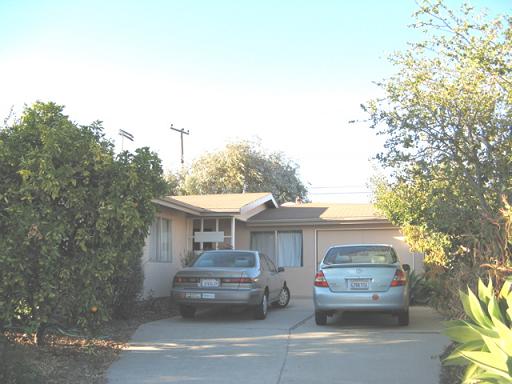
Almost 50 years ago, my husband and I, along with many other young families, bought a home (pictured above) for under $17,000 in a new tract in Goleta. For another 15 years or so, housing remained affordable to moderate income folk, as lemon groves went down and houses went up. Children were everywhere and, for several years, schools were on double sessions and bursting at the seams.
In the mid 1970s, something changed. Employers, trying to attract new staff, found it prudent to ask if a prospective employee had looked at the price of real estate in Santa Barbara. It was still modest by today’s standards, however.
Starting in the late ’90s, and only moderating slightly this year, housing prices have steadily escalated exponentially. It now requires an income of $180,000 or more to purchase even a modest tract home in Goleta. Land has become scarce and very expensive, and construction costs have been going up, particularly in response to China’s demand for steel to build its skyscraper cities.
Today, 25,000 workers commute to the South Coast everyday from North County or Ventura because they cannot find housing they can afford near where they work.
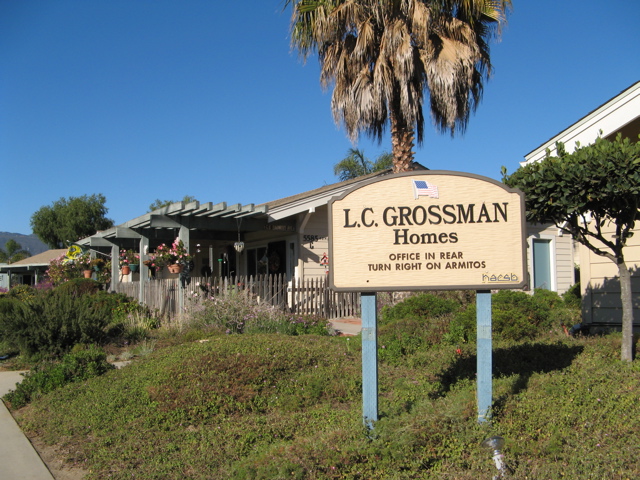
Last Friday, the City of Goleta held an all-day workshop titled “Achieving Certification of the Housing Element.” We have a top-down process in California, with the state requiring cities and counties to prescribe zoning densities that can accommodate the numbers and types of homes to fill the perceived need in each community. Goleta has identified adequate sites for its assigned quota, but the manner used to assign affordability – with certain rezoned sites required to be 55 percent “inclusionary” – has been challenged as fiscally infeasible.
Friday’s workshop, attended for part of the day by some key state Department of Housing and Community Development (HCD) officials, was to promote a community dialogue about how to achieve the kind of housing we need.
Here is the crux of the problem for Goleta: Every day, 25,000 South Coast workers go north to Lompoc and Santa Maria or south to Ventura at night because they cannot afford to live here. For Goleta, 55 percent of new units are supposed, by the state, to be affordable to low to moderate income people. How do you get there, when market rate housing ranges from $600,000-plus for a condo up to $1 million or more for a single family residence? Even with densities of 20 units to the acre, developers say that they cannot build at prices that average people can afford.
One of Goleta’s strategies is to require private developers to include anywhere from 30 to 55 percent affordable units in their projects. The balance of units, then, would be market-rate and unattainable to most workers.
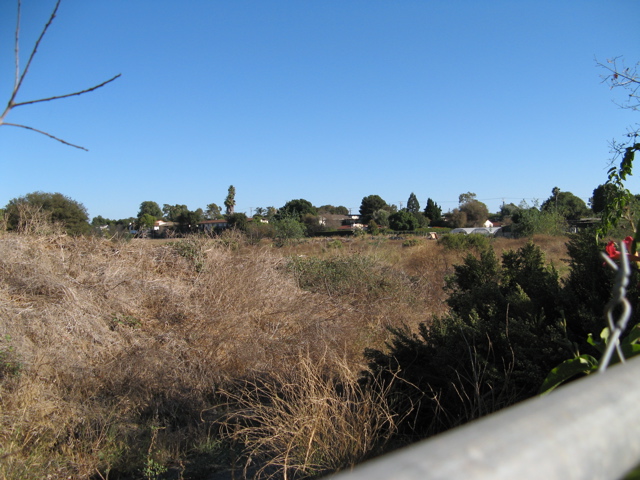
Cathy Cresswell, deputy director of HCD, told us “Housing is part of our infrastructure. Housing is not growth. People are growth.” But coastal California is a mecca for rich retirees and baby boomers with bountiful nest eggs, lining up to come here and buy homes that locals can’t afford. This is the kind of growth we are likely to see in Goleta. I have nothing against retired people, being one myself. But we need a housing policy that will lead to a balanced community, for young and old, families and single folk at all income levels. The alternative is the long commute or doubling up of families in crowded conditions.
Mickey Flacks, a County Housing Authority commissioner, suggested, “How about a reverse inclusionary process? Determine how much affordable housing the city wants on a site. Then challenge the developer to come up with how much he can put on it.” This would take negotiation, which might set back the desire expressed by both for-profit and non-profit developers at the workshop for a fast-track process. But it might result in a more pragmatic outcome.
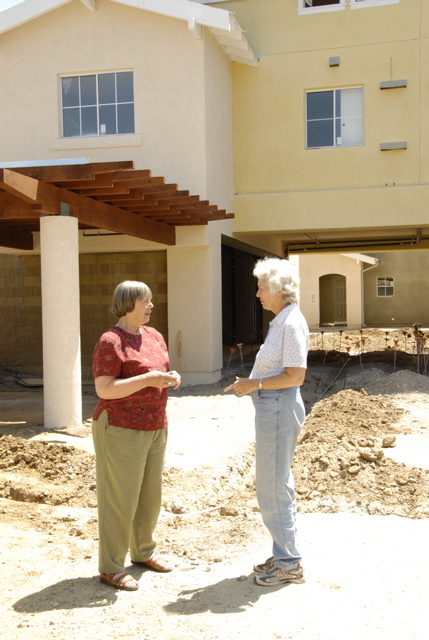
Other approaches include the judicious use of scarce housing funds, pairing non-profit with for-profit developers to put affordable units on the ground. This has been done successfully by People’s Self-Help Housing at Ellwood Beach Drive and Storke Ranch, and by the County Housing Authority, prior to city incorporation, on Kellogg in Old Town. These groups are experts at leveraging other sources of funding.
As well, employers can be encouraged to assist their workers in acquiring housing. One group not covered by state affordability guidelines is the upper-moderate, middle-class wage earner. Kristen Amyx, CEO of the Goleta Valley Chamber of Commerce suggests that there be an optional 10 percent local workforce inclusionary policy, with a preference for employees earning 120 to 200 percent of the area’s median income.
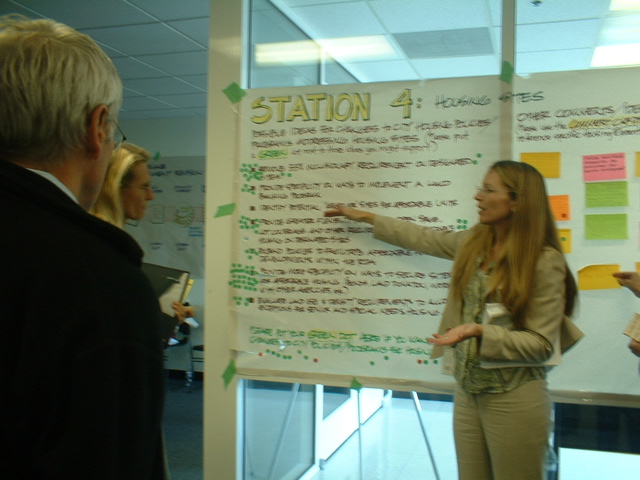
Housing advocates love to talk about a toolbox of incentives such as density bonuses, fee waivers, flexible set backs, parking standards, and so on. Many of these techniques, as Goleta city planner Ann Wells pointed out, are already included in the General Plan housing element. We need to balance housing with jobs, transportation, recreation, and environmental protection.
There is no quick fix, but multiple small steps can be taken. Steve Chase, Goleta’s Planning and Environmental Services director, said at the beginning of the day, “We have a very good housing element. We just need to bring it to life.” While builders and developers have useful expertise to bring to the table, the council needs to listen first to the community, including the large Latino population that is rarely heard from. There are additional hearings to come, before the Planning Commission and the Council in the coming year. Make your voice heard for the kind of housing that we need. It will determine what kind of a community we become.
CALENDAR
What: LAFCO hearing on “Committee for One” Sphere of Influence proposal
When: Thursday, October 11, 2 p.m.
Where: Board of Supervisors Meeting Room, 105 E. Anapamu St., Santa Barbara.
What: General Plan Workshop
When: Wednesday, October 17, 6-8:30 p.m.
Where: Goleta City Council Chambers, 130 Cremona Drive, Goleta.
What: Creek Week
When: October 614
Where: For details, see www.sbcreeks.com.
What: Old Time Fiddlers Convention
When: Sunday, October 14, 10 a.m.-5 p.m.
Where: Stow House, 304 N. Los Carneros Road
What: Lemon Festival
When: October 20-21
Where: Girsh Park, Goleta



